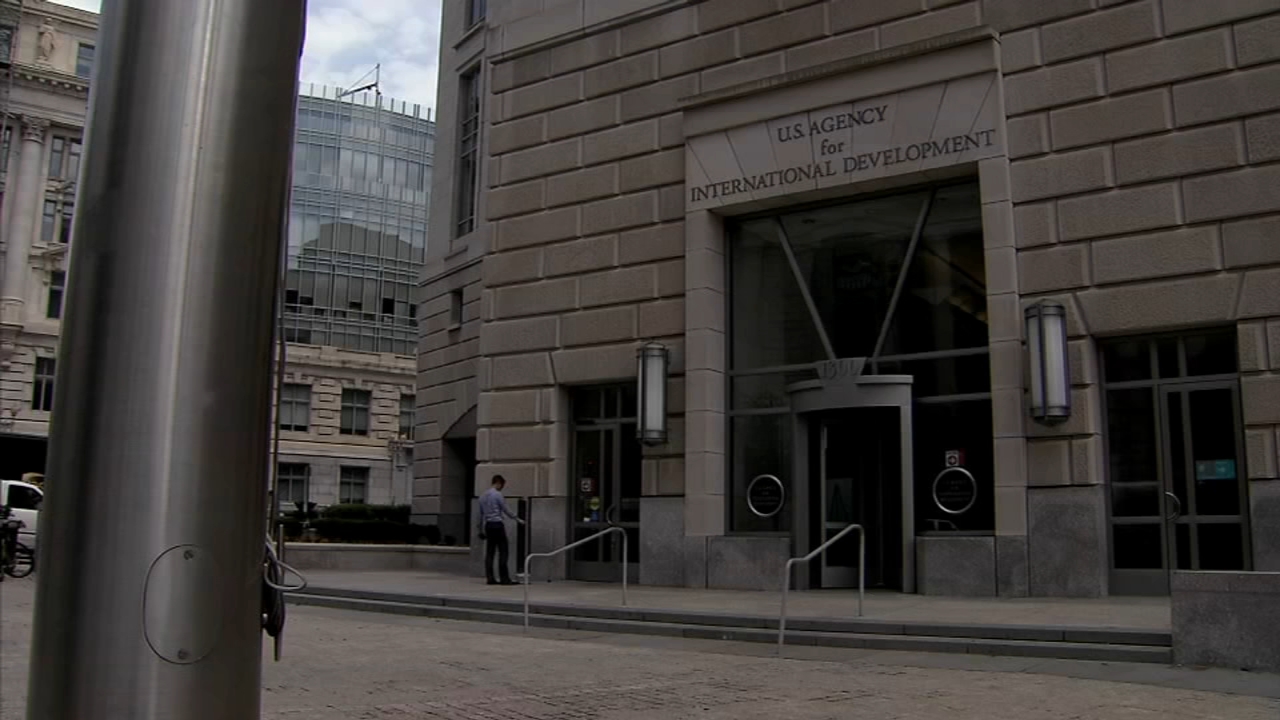Baltimore bridge collapse raises questions about safety of Bay Area bridges, emergency protocols
SAN FRANCISCO (KGO) -- About 11 million cars cross the Francis Scott Key Bridge in Baltimore annually. In the Bay Area, that's roughly as busy as the Dumbarton Bridge or the Richmond-San Rafael Bridge.
The deadly bridge collapse in Baltimore is now raising questions about just how durable Bay Area bridges are and what traffic safety protocols are in place to prevent injuries during a similar catastrophe.
RELATED: 6 presumed dead following Francis Scott Key Bridge collapse; Coast Guard suspends search
Engineering and traffic experts tell ABC7 News that Bay Area bridges are built to withstand major earthquakes and vessel collisions - to a certain degree.
Farzad Shahbodaghlou is a Cal State East Bay professor of civil engineering and construction management.
"The bridges are designed for a certain factor of safety. They can take earthquakes. They can take typhoons. But they are not designed to be rammed into by a 940-foot ship," said Shahbodaghlou. "There's very little to be done to prevent these accidents. Even if we protect the pier, the protection would have been rammed by the ships. That would not have stopped the ships."
Experts say Bay Area bridges are robust because they are built to withstand earthquakes. The Golden Gate Bridge has extra protection.
"The Golden Gate Bridge has the most robust ship collision protection of any bridge on the West Coast," said Paolo Cosulich-Schwartz with Golden Gate Highway and Transportation District.
The north and south towers of the Golden Gate Bridge are built with extra reinforcement.
RELATED: A list of major US bridge collapses caused by ships and barges
"The south tower is protected by a concrete fender ring. It is anchored to bedrock below the water. This concrete fender ring protects the entire south tower pier. It is 20 feet thick at the bottom and extends 40 feet down," said Cosulich-Schwartz.
Hassan Astaneh is professor emeritus at UC Berkeley who has studied bridges like the Golden Gate and Bay Bridge for 52 years. He's very surprised that the Key Bridge there did not have what are called Dolphins in this area where the collision occurred. Those are often steel cylinders with concrete in them built from the bottom of the sea and into the air.
"Dolphins look like this (showing his fingers), if my pier is independent like this, okay one dolphin fails but the the others are still there," said Astaneh.
The Bay Bridge does not use Dolphins. Astaneh says it's much more shallow in that area and those protections are unlikely to be needed.
But while Astaneh doesn't believe a collision is likely here in the Bay Area. He'd like for the state of California to do more to ensure that.
"I think governor should at least initiate this study with Caltrans and harbors here, and LA, and other places to look at all the bridges that big ships can pass and see if they need protection. A second layer, major protection of dolphins and do it, you have the money," said Astaneh.
The professor believes that a study of the 10 busiest harbors in the state could really help us get a better idea if anything additional is needed.
If there's a critical incident or a catastrophe involving one of the Bay Area bridges - like during the Loma Prieta earthquake - Caltrans says they can quickly clear traffic to keep people safe.
"In our experience, we've closed it as fast as 11 minutes, but it all depends on what the circumstances are," said Caltrans spokesman Bart Ney.
It means shutting off access to the bridges and the CHP closing down freeways that lead to the bridges.
Caltrans says it begins with the CHP.
"When they are alerted, they are the ones in charge of closing off the freeway, and they work directly with Caltrans and our traffic department to determine how we move around. And of course, Caltrans for bridges will close the Toll Plaza so traffic can't move in that direction," said Ney.
There was a close call involving the Bay Bridge and the container ship Cosco Busan back in 2007.
VIDEO: A look back at Bay Area's most impactful bridge disasters

Metropolitan Transportation Commission (MTC) said the fenders made a huge difference in protecting the Bay Bridge.
"The fenders did their job in that case," said John Goodwin with MTC. "So there was no damage to the bridge itself. That said, there was heavy damage to the fenders, not to mention to Cosco Busan and to the Bay."
Goodwin said fenders are designed to absorb the impact of a ship collision so there is no damage to the ship pier.
MTC and Caltrans are applying for a $167 million federal grant from the U.S. Department of Transportation to upgrade the fender system, also known as the Ship Collision Protection System, on Bay Area bridges.
If you're on the ABC7 News app, click here to watch live








